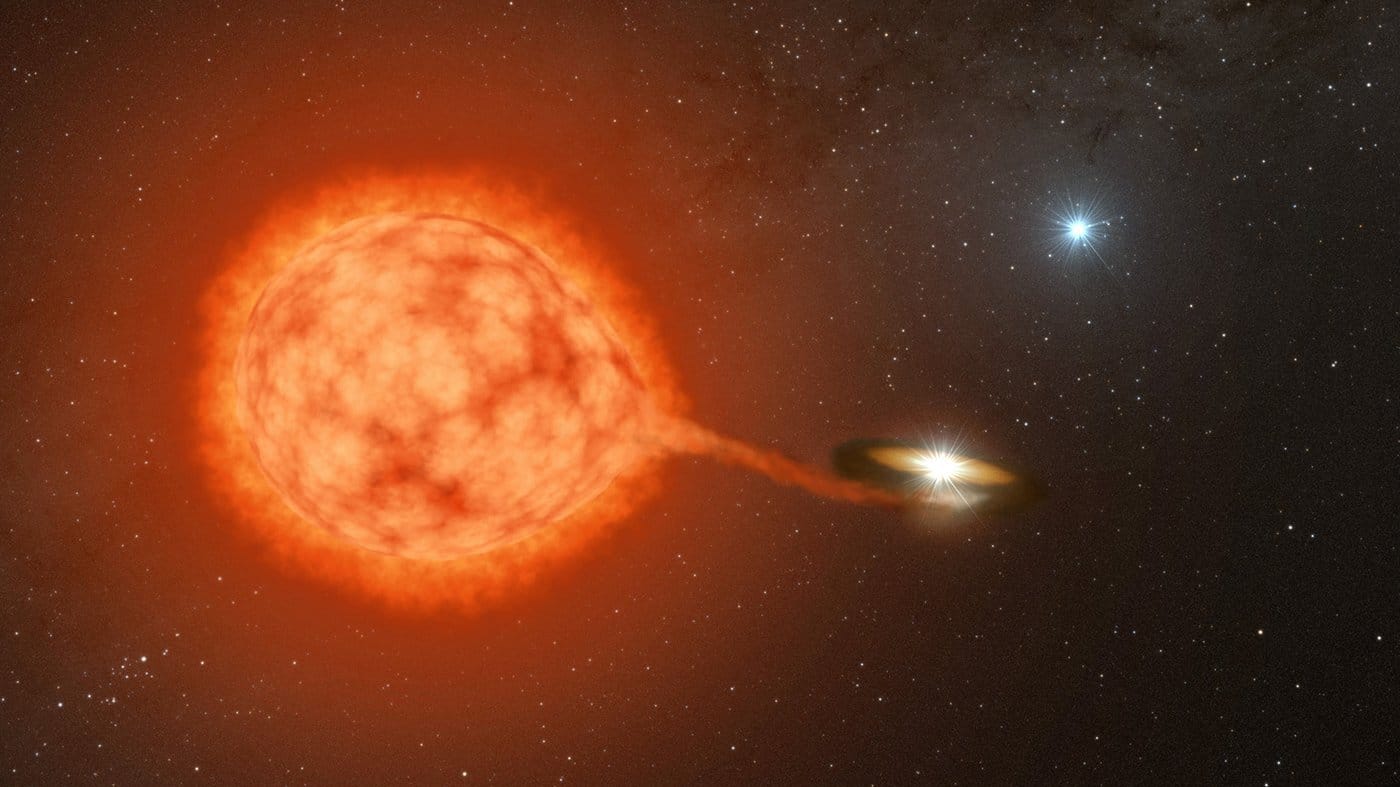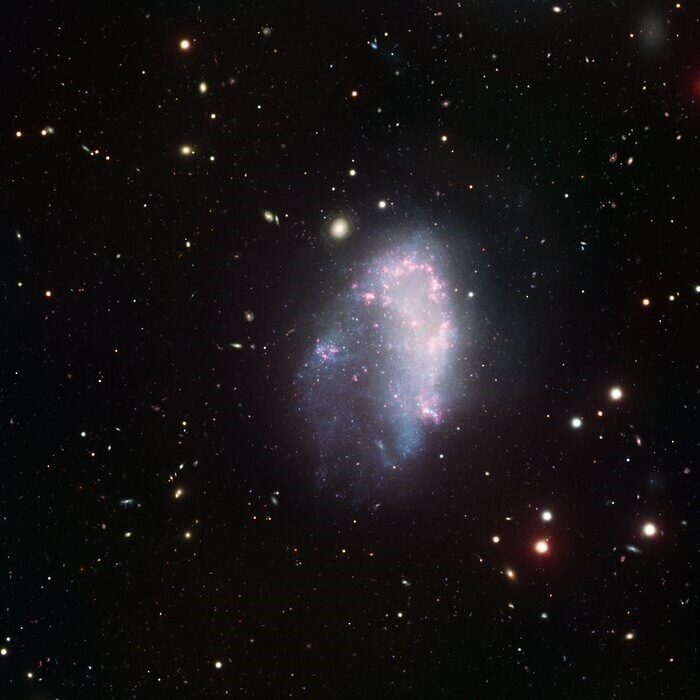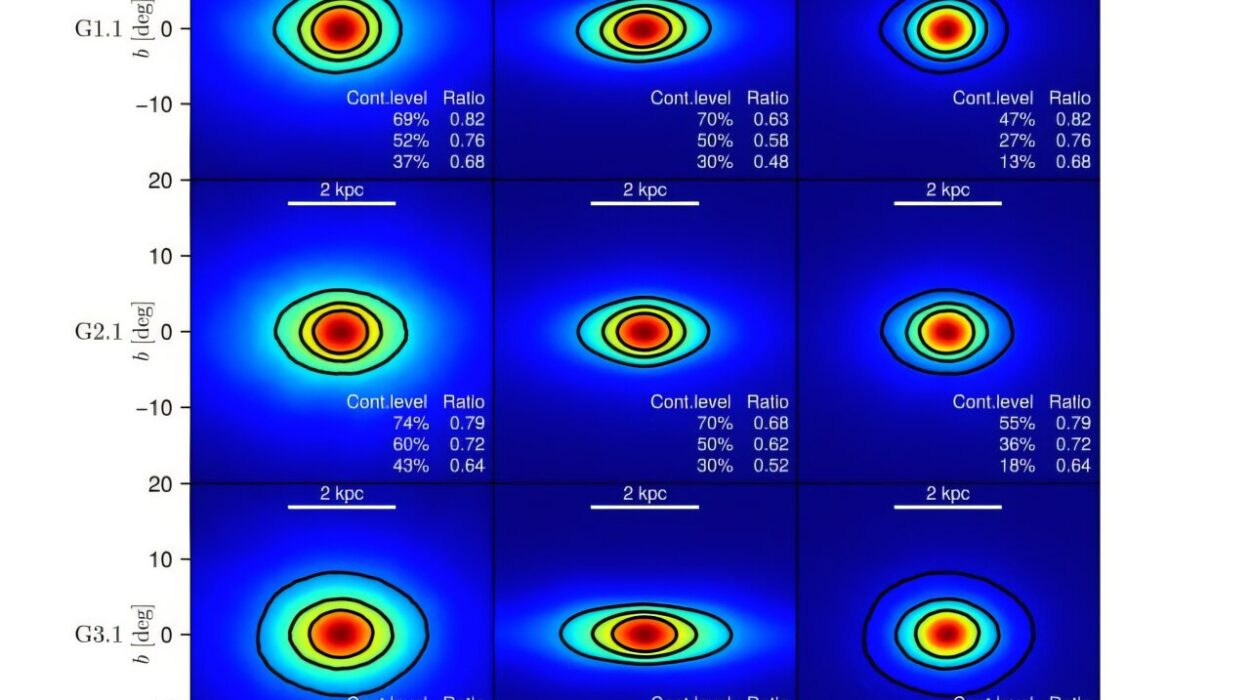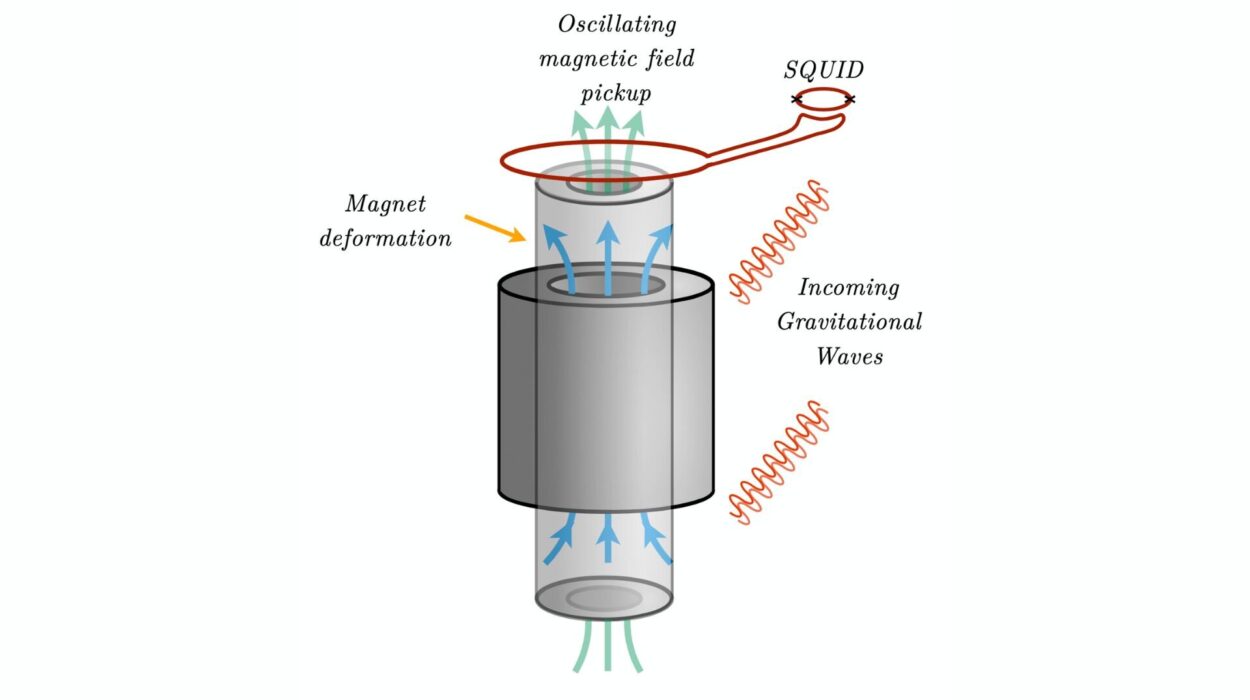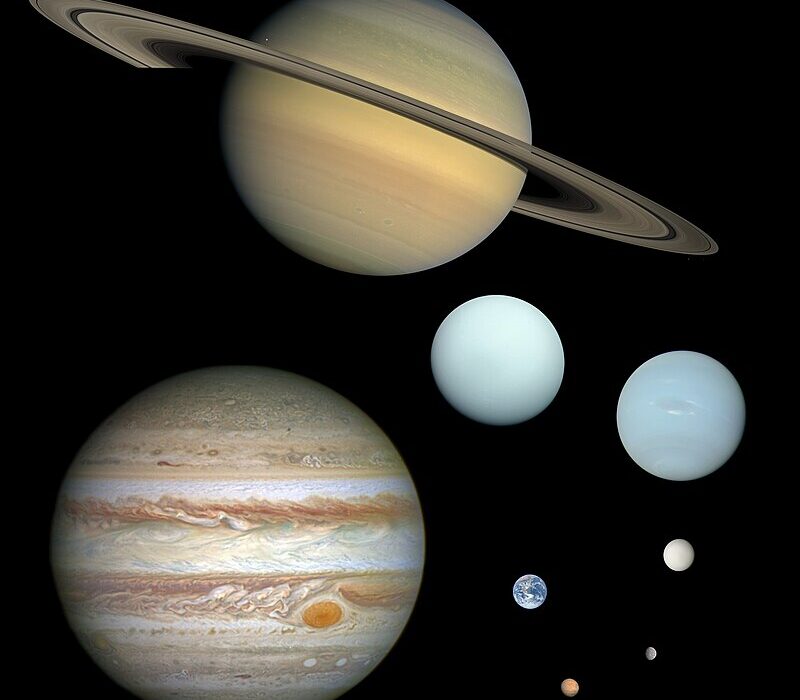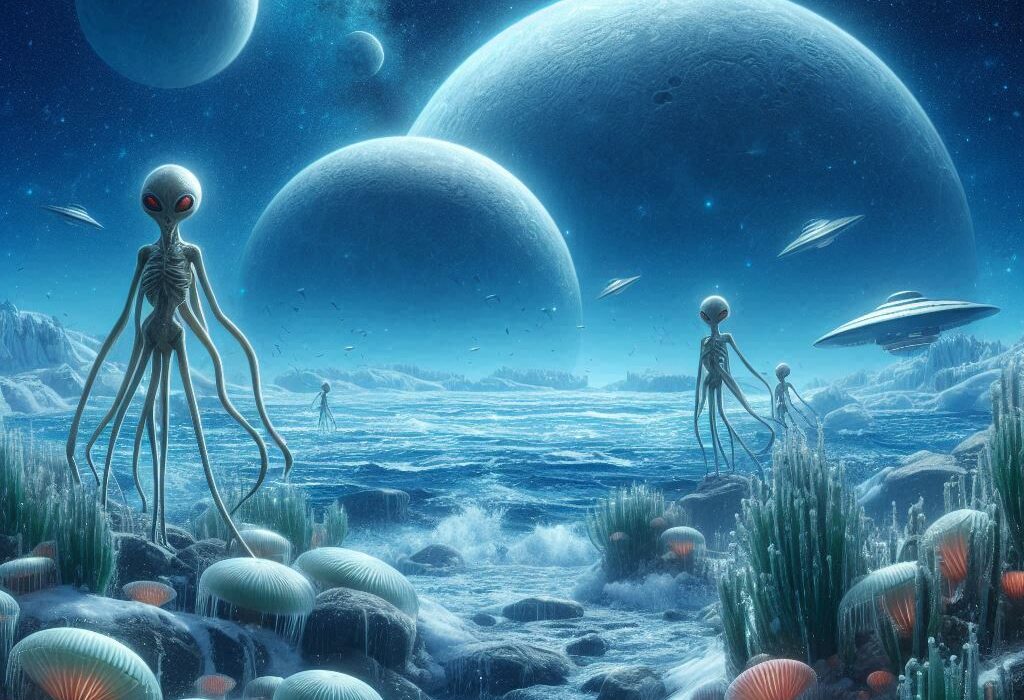On the grand cosmic stage, stars live dramatic lives. Some blaze in luminous youth, others drift serenely into old age, and some end their days in violent outbursts that light up the darkness of space. Among the most spectacular of these stellar fireworks are novae—sudden, brilliant eruptions fueled by a white dwarf stealing matter from a companion star.
For decades, astronomers believed they understood the backstage mechanics behind these cosmic dramas. The recipe was thought to involve two stars locked in a tight gravitational dance, spiraling closer and closer until one could siphon material from the other. But a new study led by scientists at Caltech has pulled back the cosmic curtain to reveal a hidden player influencing these intimate stellar affairs: a secretive third star, orbiting from afar.
In this unexpected twist to the tale, researchers have discovered that a surprisingly large share of these volatile star systems—known as cataclysmic variables (CVs)—owe their existence to the gentle but persistent tug of gravity from a distant third companion. Like an invisible cosmic matchmaker, this third star helps bring the inner pair together, setting the stage for spectacular explosions that shine across the galaxy.
The Thieving White Dwarf and Its Fiery Partner
To understand the story, we need to peer into the life of a particular kind of star—the white dwarf. Imagine a sun-like star reaching the end of its days, shedding its outer layers to leave behind a dense, smoldering core no bigger than Earth but containing about half the mass of the sun. This white dwarf, though small, has a voracious appetite.
If it finds itself close to another star—a neighbor brimming with gas—it can begin to steal that material. Slowly, the stolen gas piles up on the white dwarf’s surface, compressed by staggering gravity until it ignites in a thermonuclear explosion. This blaze, visible from Earth as a nova, can briefly rival the brightness of an entire galaxy.
Astronomers have long known that these cosmic heists happen in cataclysmic variable systems, where a white dwarf and a companion star orbit each other tightly enough for material to flow between them. But how these pairs become so intimately close remained something of a mystery.
An Age-Old Model—and a Cosmic Mystery
The traditional explanation has been the so-called “common envelope” scenario. In this dramatic process, one of the stars—destined to become a white dwarf—expands into a bloated red giant late in its life. Its outer layers swell until they engulf both stars, surrounding them in a shared envelope of gas.
Inside this gaseous cocoon, friction and drag rob the stars of energy, causing them to spiral ever closer together. Eventually, the gas envelope is blown away, leaving behind a tight pair, closer than ever, perfectly positioned for the white dwarf to start siphoning mass.
This model seemed sufficient. For fifty years, astronomers relied on it to explain the birth of CVs. But a question lingered: could there be another path to these explosive unions? After all, the universe is a complex place, full of gravitational intrigues and hidden influences.
A Curious Hunch—and a Cosmic Detective Story
Cheyanne Shariat, a graduate student at Caltech, and her colleague Kareem El-Badry, assistant professor of astronomy, couldn’t shake the suspicion that a third star might be lurking in the shadows of these stellar relationships.
“Triple-star dynamics are known to play a big role in other types of star systems,” El-Badry explained. “We wondered: could they also be helping form CVs?”
To investigate, the team turned to one of astronomy’s most powerful tools: the European Space Agency’s Gaia satellite. Before it retired, Gaia mapped the positions and motions of over a billion stars in the Milky Way, providing an unparalleled view of how stars cluster and move through space.
Sifting through this stellar treasure trove, Shariat and El-Badry hunted for CVs nestled within triple-star systems—hierarchical triples, to be precise. In these systems, two stars orbit each other closely, while a third orbits much farther away, like a cosmic chaperone.
The search revealed 50 CVs residing in triple systems. That was far more than chance would predict if triples had no role in CV formation.
The Cosmic Choreography of Three Stars
The next step was to understand how these distant third stars could exert such influence. To do this, the researchers turned to computer simulations, running complex models of triple-star dynamics—so-called “three-body simulations.”
Picture three dancers on an invisible stage, each tugging on the others with unseen threads of gravity. Their movements can be simple or exquisitely complex, and small perturbations can lead to dramatic changes over time.
In their simulations of 2,000 hypothetical triple systems, Shariat and El-Badry discovered something astonishing. In about 20% of cases, the third star single-handedly brought the inner pair close enough to spark the mass transfer dance of a CV—without the traditional common envelope stage at all.
“The gravity of the third star causes the binary stars to have a super-eccentric orbit,” Shariat said. In these elongated orbits, the companion star swings dangerously close to the white dwarf at each pass. The repeated gravitational flirtations dissipate energy, slowly shrinking and circularizing the orbit until the stars are close enough for the white dwarf to begin stealing material.
In essence, the third star acts like a cosmic puppet master, subtly reshaping the destinies of its inner companions through gravitational tugs spread over millions of years.
Triples Take Center Stage
But the story didn’t end there. In another 60% of simulations, the third star played a supporting role by nudging the inner pair closer together, priming them for the traditional common envelope evolution. And in only about 20% of cases did CVs form through the classic two-star spiral-in, entirely unaided by a third companion.
Taken together, the results suggest that as many as 40% of all CVs in the galaxy might owe their existence, at least in part, to the influence of a third star—a revelation far beyond the 10% directly spotted in the Gaia data.
Why the discrepancy? Many third stars are either too faint and distant to be detected or may have drifted away over time, severing their gravitational ties. “These stars can become unbound from the system,” El-Badry noted. “But their influence lingers.”
A New Chapter in the Tale of Stellar Fireworks
To test their theory further, the researchers checked whether the triple systems they observed matched predictions. Their models suggested that CV-producing triples should start out widely spaced, with the outer star orbiting at distances exceeding 100 astronomical units (the span between the Earth and the sun). Sure enough, the Gaia data revealed exactly that pattern.
“For the past 50 years, people were using the spiral-in common-envelope evolution model to explain CV formation,” El-Badry said. “Nobody had noticed before that this was largely happening in triples.”
This discovery doesn’t just rewrite the script for cataclysmic variables—it illuminates the complex gravitational ballet that governs the lives of stars across the universe. It suggests that even seemingly distant cosmic neighbors can shape each other’s fates in profound and hidden ways.
A Universe of Unseen Connections
As astronomers continue to mine Gaia’s data and run ever more powerful simulations, they’re likely to uncover even more examples of triple stars orchestrating the destinies of their neighbors. The cosmos, it seems, is a place where nothing exists in isolation. Stars influence each other across vast distances, weaving a tapestry of gravitational connections invisible to the naked eye.
And while white dwarfs and their companions may steal the spotlight with their dazzling nova outbursts, it turns out a quiet, unassuming third star may be pulling the strings all along.
In the grand love stories of the cosmos, sometimes the hidden matchmakers are the ones who make the sparks fly.
Reference: Cheyanne Shariat et al, Cataclysmic Variables in Triples: Formation Models and New Discoveries, Publications of the Astronomical Society of the Pacific (2025). DOI: 10.1088/1538-3873/add5a1
